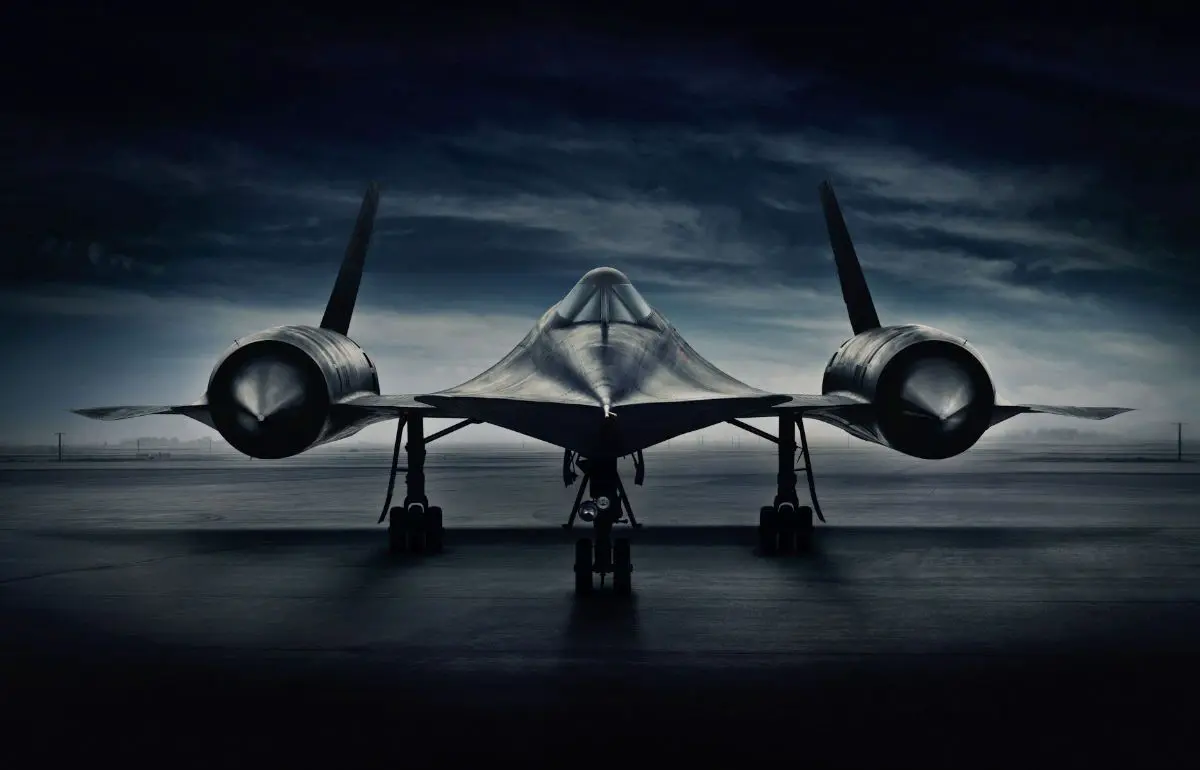
How Fast Is the SR-71?
The iconic Lockheed SR-71 Blackbird was designed for record-breaking speeds but how fast is the SR-71?
Table of Contents
The Lockheed SR-71 Blackbird, otherwise known as the SR-71, was a strategic reconnaissance aircraft operated by the USAF and NASA. It was developed and built by the Skunk Works division of Lockheed, located in Burbank, California.
The SR-71 Blackbird first flew in 1964 and still holds the record for fastest crewed aircraft. Lockheed designed it in secrecy during the Cold War and it was able to cruise near the edge of space at astonishing speeds. Its primary mission was to enter enemy territory and gather intelligence without being detected or shot down and speed played a vital role in this.
So how fast is the SR-71?
The USAF used it as a long-range, high-altitude reconnaissance aircraft. NASA also used it for research in high-speed aeronautics.
About the SR-71 Blackbird
The SR-71 Blackbird’s design was a derivative of the Lockheed A-12 but equipped with signals intelligence sensors, airborne radar, and a camera. Additionally, it could hold more fuel than the A-12. The SR stands for “Strategic Reconnaissance” instead of the A for “Attack,” given the Blackbird’s purpose.
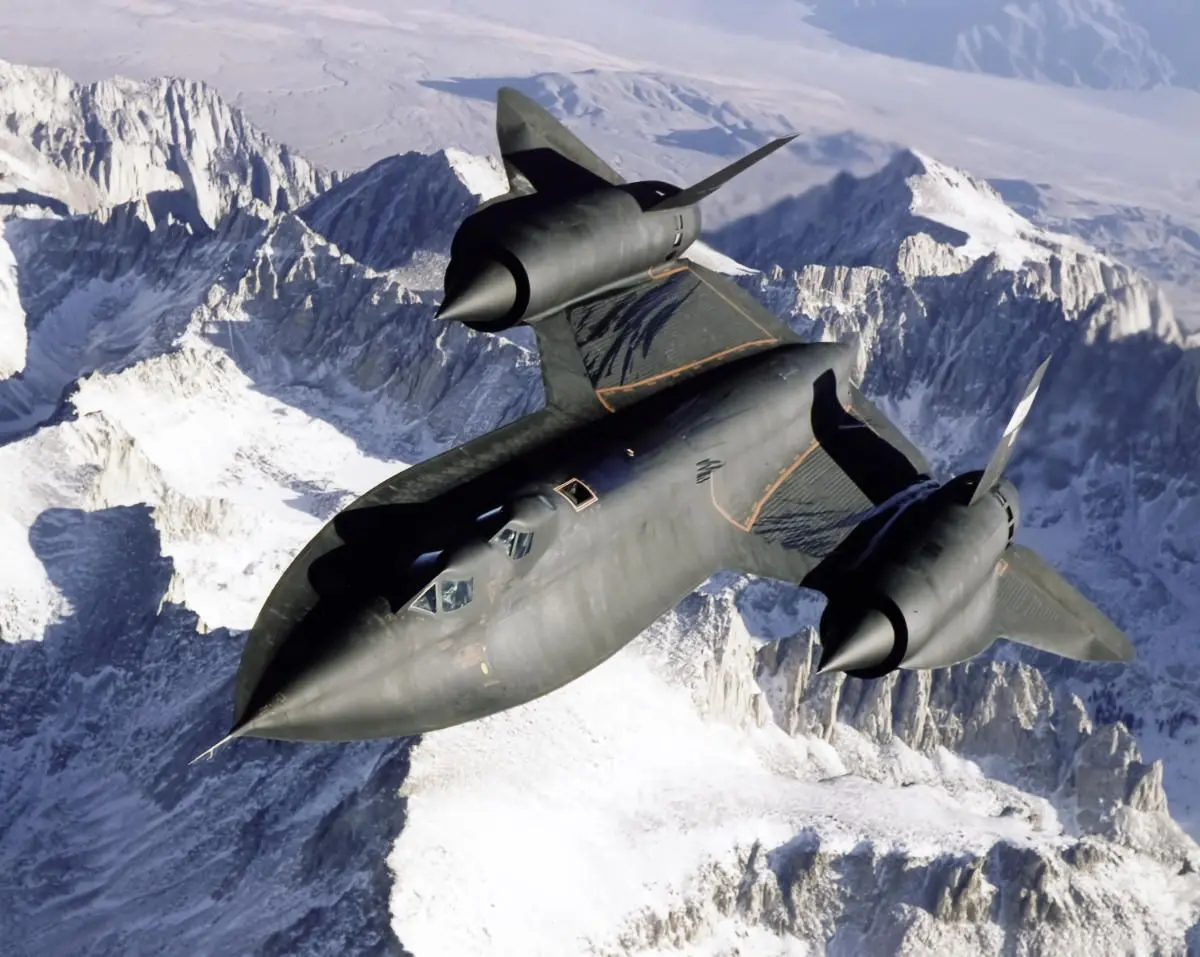
Lockheed assigned famous aeronautical engineer designer Kelly Johnson to design such an aircraft, but he had to do so entirely from scratch. Lockheed engineers had to invent or reconfigure everything in a new way.
They only produced thirty-two Lockheed SR-71 Blackbirds. Pilot Bob Gilliland performed the first flight on December 22, 1964, and the aircraft officially entered service with the United States Air Force in January of 1966. The SR-71 operated for over thirty years until it retired from the Air Force in 1998 and NASA one year later in 1999.
The USAF lost twelve aircraft to accidents caused by mechanical malfunctions, but enemies shot down none of the thirty-two aircraft manufactured. Additionally, only four crew members lost their lives during operations in four different crashes. The crew of the rest of the downed SR-71’s ejected safely or evacuated on the ground.
Reportedly, the North Vietnamese tried to bring the SR-71’s down throughout the reconnaissance missions during the Vietnam War. But while the North Vietnamese fired over 800 SAMs, none of them hit.
The nickname "Blackbird" comes from the dark blue almost black paint on the airframe. Lockheed painted it that way to dissipate heat and make it more challenging to detect and track via radar. The black color also allowed it to fly nearly invisibly against the night sky.
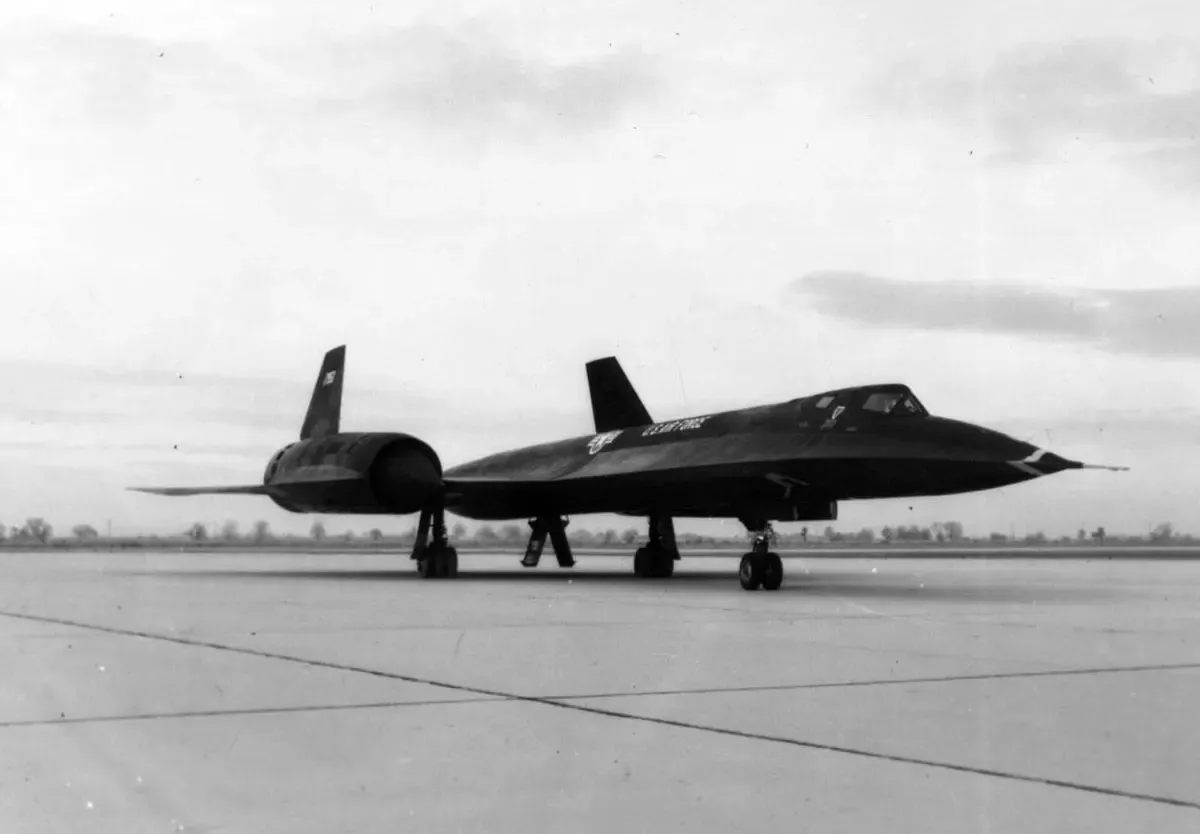
It still holds the world record of the “fastest air-breathing crewed aircraft,” a record set in 1976. Today, the SR-71 Blackbird and its variations: the Lockheed A-12, YF-12, and M-21, remain the only aircraft capable of sustained Mach 3.2 cruise. The North American XB-70 Valkyrie came close in cruising speed but not enough to beat the SR-71 Blackbird.
How Fast Is the SR-71?
Lockheed engineers designed the SR-71 Blackbird to travel at speeds greater than Mach 3. In fact, it could easily cruise around Mach 3.2, but cruising speed is not the fastest speed, just the average speed it would be going once it reached altitude.
The SR-71 was capable of faster speeds, however. So, how fast was the SR-71 exactly?
How Could It Reach These High Speeds?
Several factors allowed the SR-71 to go as fast as it did.
One factor for the Blackbird’s speeds was the amount of titanium used in construction. The average aircraft does not use a lot of titanium due to the costs of this metal. However, the SR-71 was made up of nearly 85% titanium. As an aircraft body, titanium is more robust but also lighter than steel.
The amount of titanium also helped offset the high temperatures generated in flight at such high speeds. Engineers anticipated that the temperatures on the leading edges of the aircraft would exceed 900° F (482 degrees Celcius) depending on the altitude.
Additionally, the wings were corrugated rather than smooth, which allowed sections of the wing to expand both vertically and horizontally at high temperatures, rather than splitting or curling. In addition, the fuselage panels only fit loosely when the aircraft was on the ground. The panels would align when they expanded in supersonic flight due to the heat. While on the ground, the SR-71 would even leak fuel as the components and panels would only fit together correctly when the aircraft would heat up at high speeds.
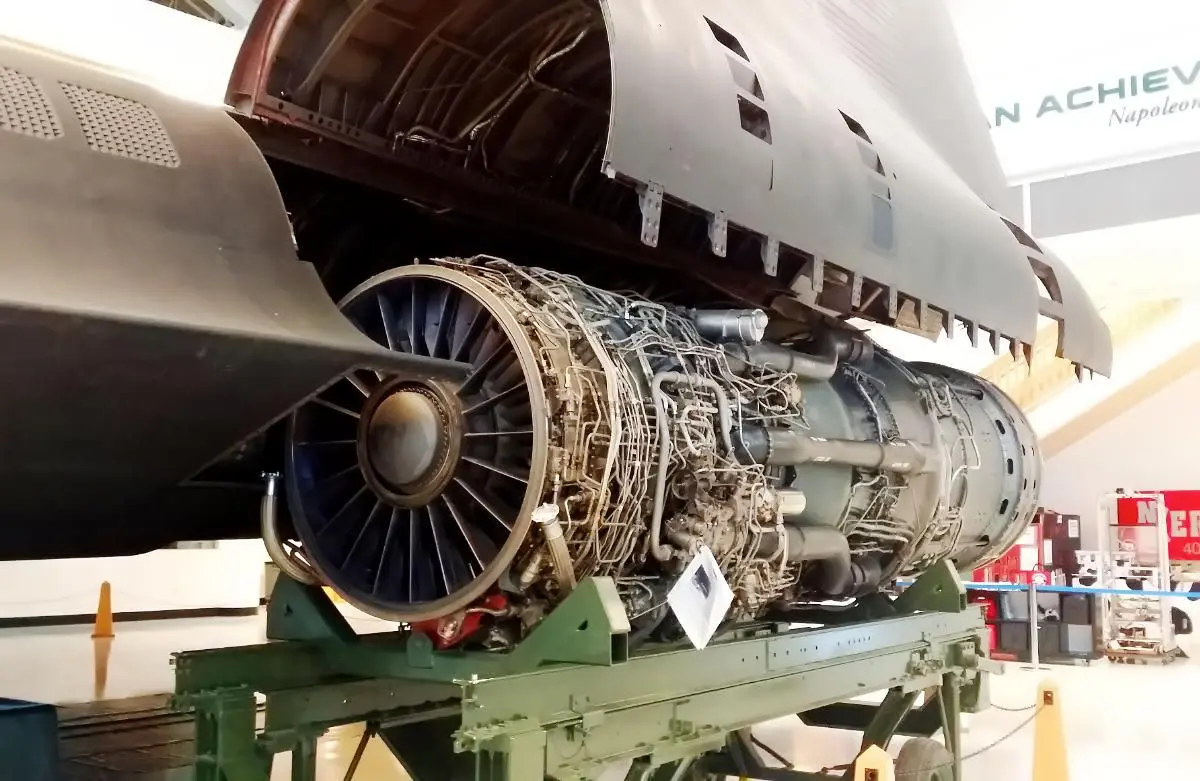
Pratt & Whitney designed the J58 axial-flow turbojet engines to be most efficient at Mach 3.2. Outside tempereature affected the maximum engine temperatures at that point. The J58 engines each produced up to 32,500 pounds of thrust. When taking off, the afterburners provided around 26% of the thrust. This proportion increased until the aircraft reached Mach 3, where the afterburners provided all of the thrust.
The SR-71 had air inlets, which allowed air through the propulsion system. Once the aircraft accelerated past Mach 1.6, the inlet cone at the front of each air inlet would mechanically move up to 26 in (66 cm) inwards, minimizing airflow spillage and drag. These movable inlet cones directed the supersonic airflow into the engine intake and allowed the SR-71 to cruise comfortably at Mach 3.2, the most efficient speed for the engines.
Lockheed engineers designed all control surfaces as aerodynamic as possible, from the ailerons and elevators to the engine nacelles and exhaust nozzles. The optimized aerodynamics also contributed to the increased speeds.
In short, the most significant concern when developing the SR-71 boiled down to heat. Thus, every part of the Blackbird, the grease, the hydraulic fluid, the engines, the oil, the electrical plugs, the tires, and everything else, had to withstand the heat.
Why Did It Have to Be That Fast?
If enemies shot at the SR-71, it needed to outrun whatever missile was coming for it.
The plane was designed for stealth, not for attacking. It needed to deliver mission-critical reconnaissance so the US could avoid incidents like the Cuban Missile Crisis.
While other aircraft could send out flares or had other means of deflecting missiles, the evasion procedure for the SR-71 was to outfly the threat.
The point of the SR-71 was to evade detection while gathering information. An earlier reconnaissance aircraft, the Lockheed U-2, could fly high but not fast. The United States Air Force needed an aircraft that could do both.
What Roles Were the Aircraft Meant to Serve?
The entire purpose of the SR-71 was to perform reconnaissance missions, mainly for the United States to stay ahead of the Soviet Union in the arms race during the Cold War.
It took a crew of two. A pilot in the front managed the navigation and the flight path. A systems operator monitored the reconnaissance systems.
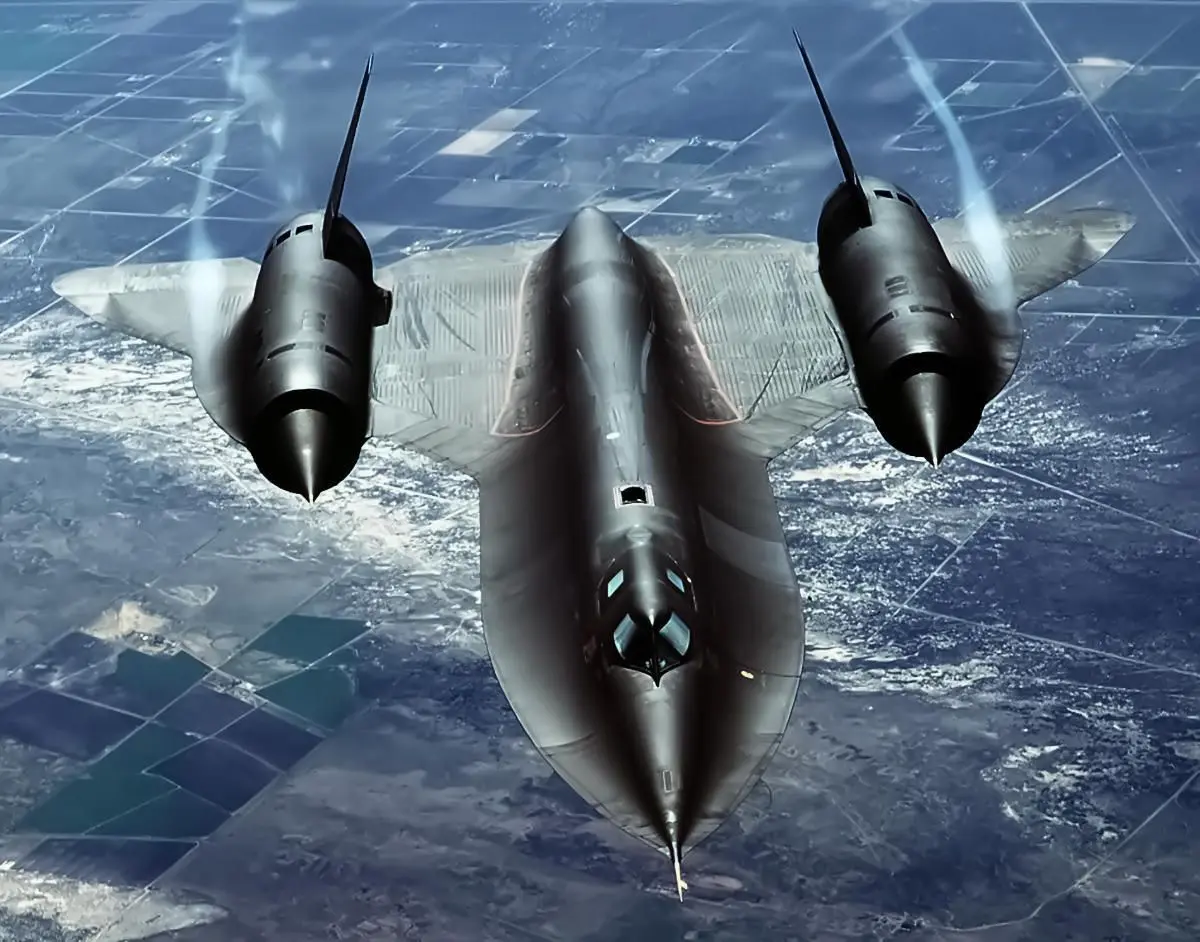
Officially the US never flew the SR-71 over Soviet Airspace. But the SR-71 flew missions in the Middle East, Vietnam, and North Korea.
Meanwhile, NASA used their two SR-71s to perform aeronautical research where they needed the SR-71’s high speed.
Conclusion
Built for surveillance, the SR-71 Blackbird needed high speeds for outrunning enemy threats. The heat generated at these high speeds posed a problem, however. Designers anticipated leading edges of the aircraft would exceed 900° F (482 degrees Celcius). Therefore, Lockheed used titanium for the airframe - a metal that could withstand immense heat.
Today, crewless aerial vehicles or UAVs have taken over a lot of the reconnaissance load. Satellites in space contribute as well. But the SR-71 is still the best at what it did.
The SR-71 still holds plenty of records. All who worked on the project remember it fondly, from the engineers to the pilots.
Lockheed built several SR-71 aircraft. Today you can experience the SR-71 at museums.
Planenerd Newsletter
Join the newsletter to receive the latest updates in your inbox.






